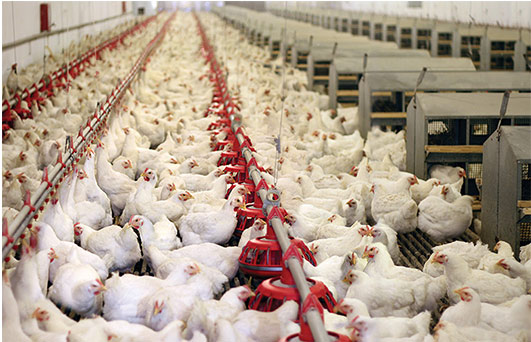1. The chicken battery cages are not connected to each other to avoid cross-infection between the chickens and the chickens.
2. The farther away from other chicken-raising units, the better, thus reducing the risk of disease transmission;
3. All the houses must be thoroughly cleaned with high-pressure faucets. All tools in the house, such as electric fans, brooms, etc., must be cleaned;
4. Ensure that chicken farm personnel are not in contact with the outside flocks;

5. All chicken houses must be disinfected with a broad-spectrum cleaning agent that kills important pathogens;
6. Actively take measures to control rats, flies and stray animals. Once a mouse is present, use rodenticide or use a rodent-proof house to clear and control it;
7. When chickens of different ages are raised in the same chicken farm, the care of the chicken must start with the healthiest chicken feathers (usually the smallest chicken). Workers are not allowed to return to the chicken house from the big chicken house until the clothes and boots have been properly cleaned and disinfected;
8. If the dead chicken is found, the chicken house should be taken out immediately and disposed of immediately;
9. Workers must always wear clean clothes and boots when entering the house. Those who have been in contact with the big chicken-type laying hen must take a bath before entering the chicken house to save the person;
10. Non-essential personnel are not allowed to enter the chicken farm. Visitors must abide by the above rules;
11. Vehicles outside are not allowed to enter unless they are cleaned and disinfected.
